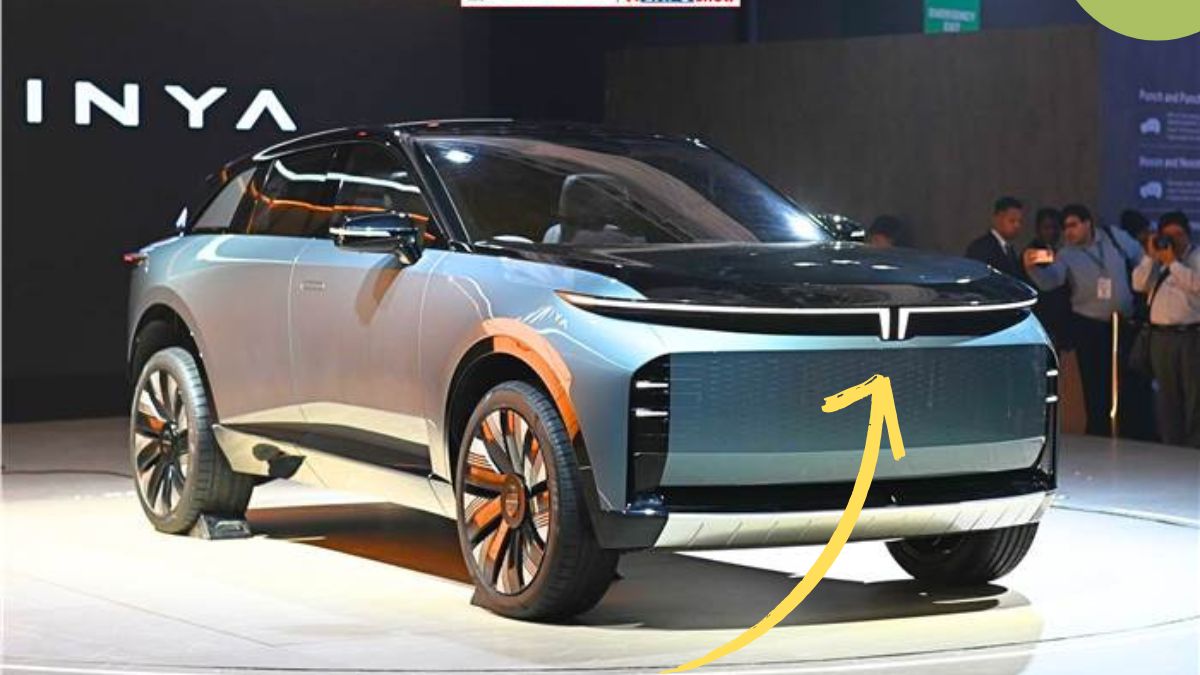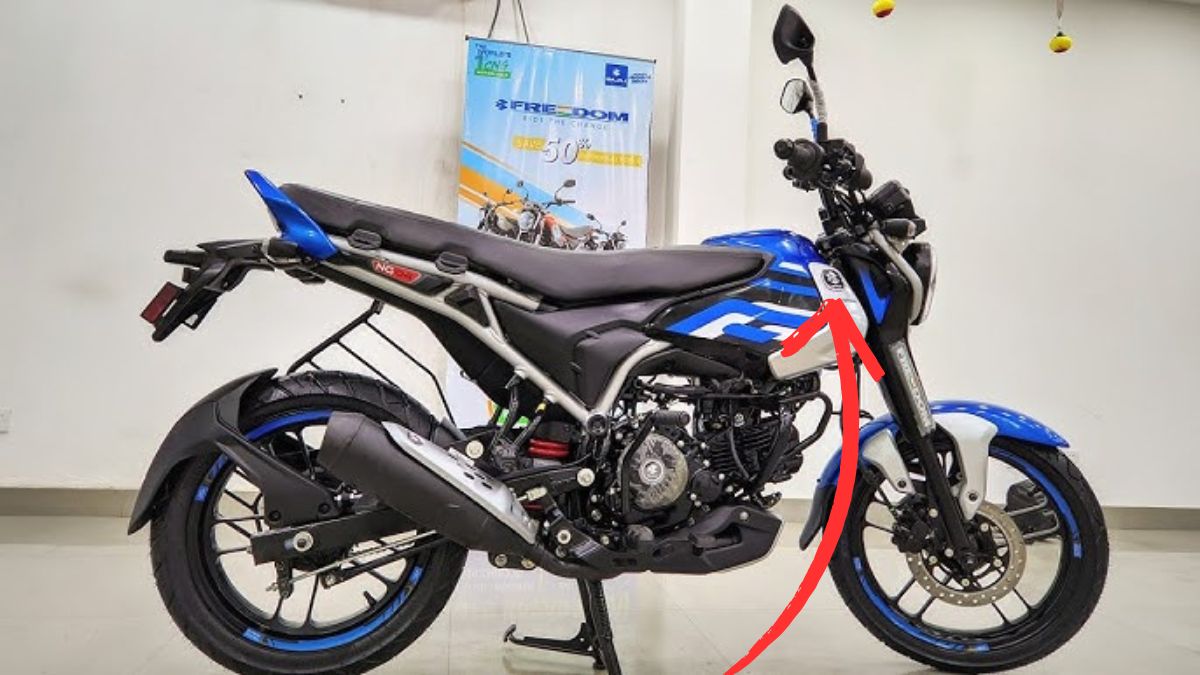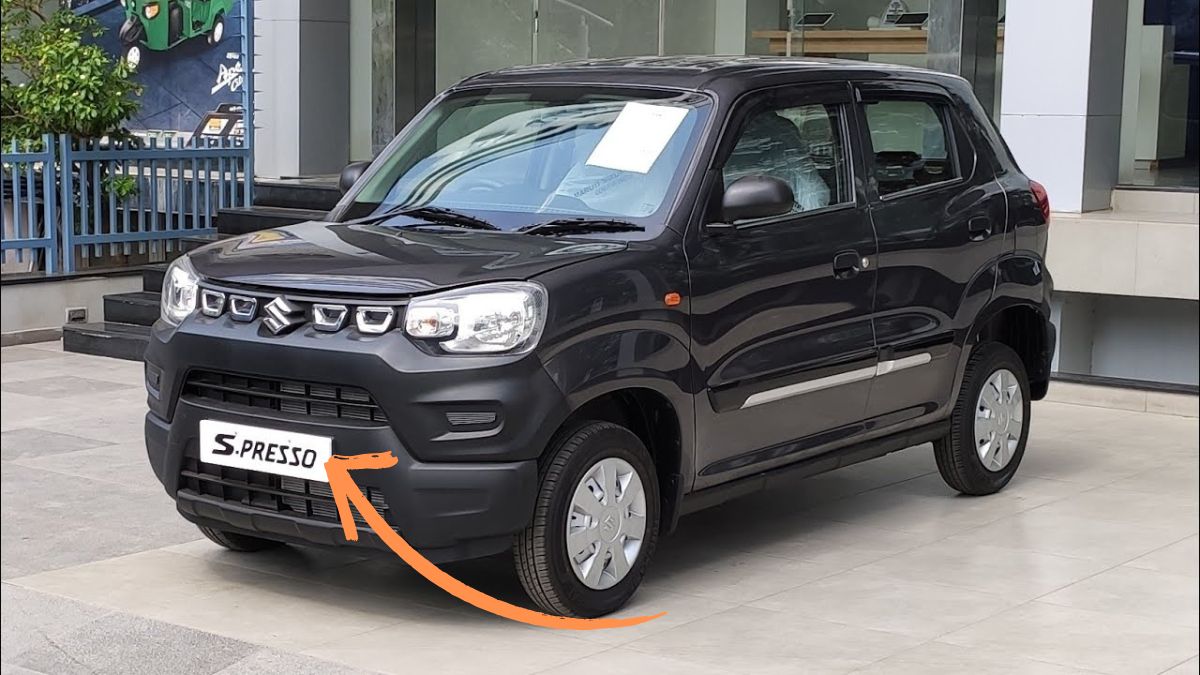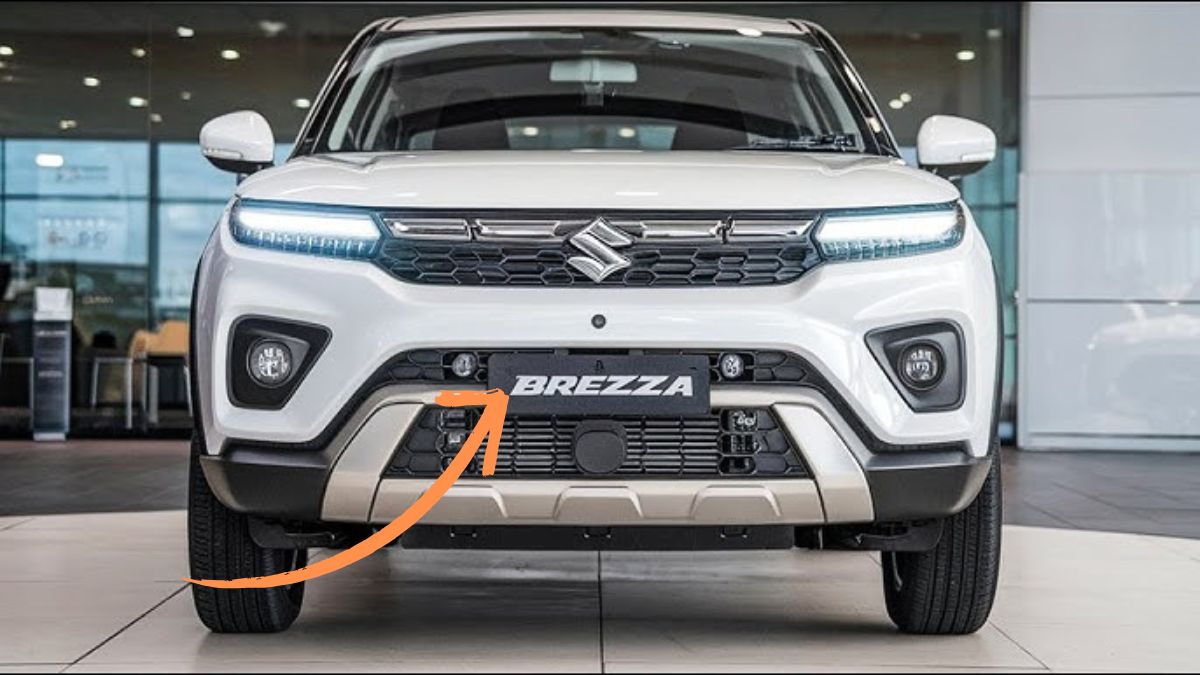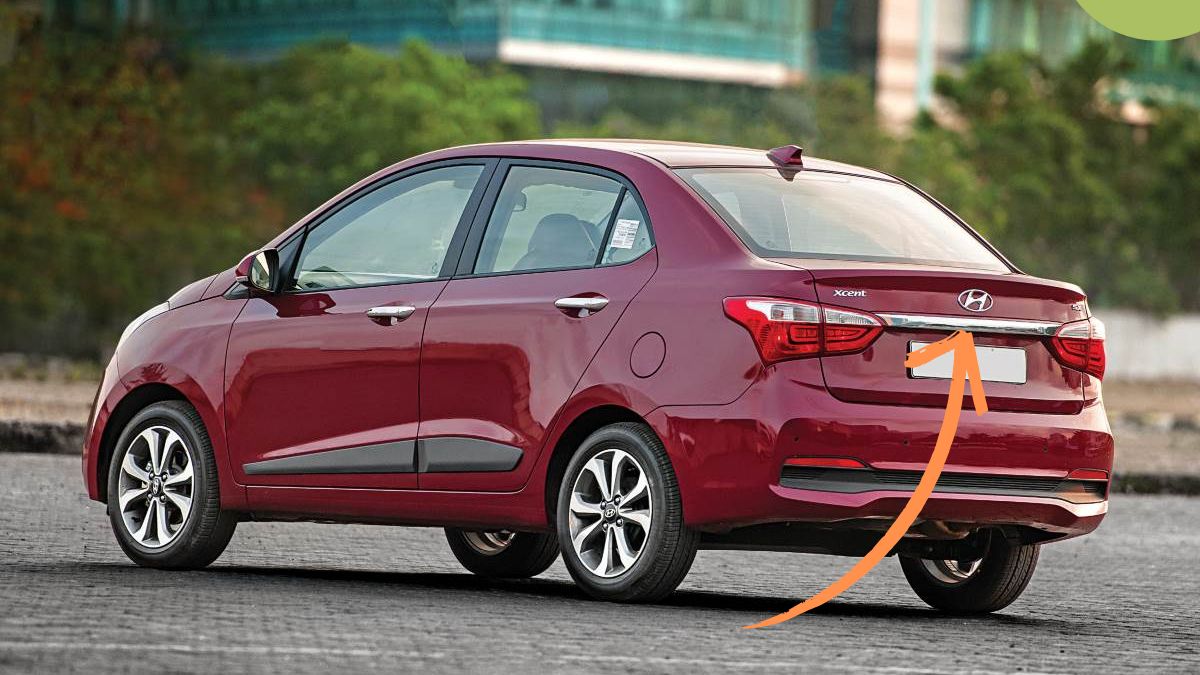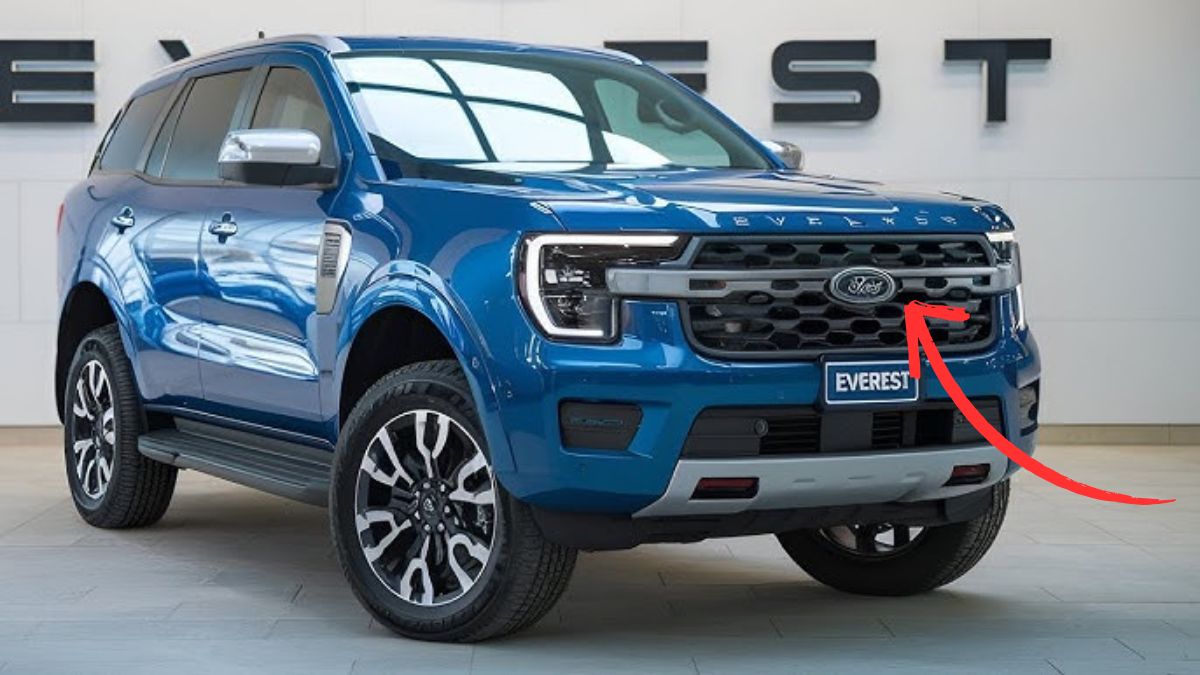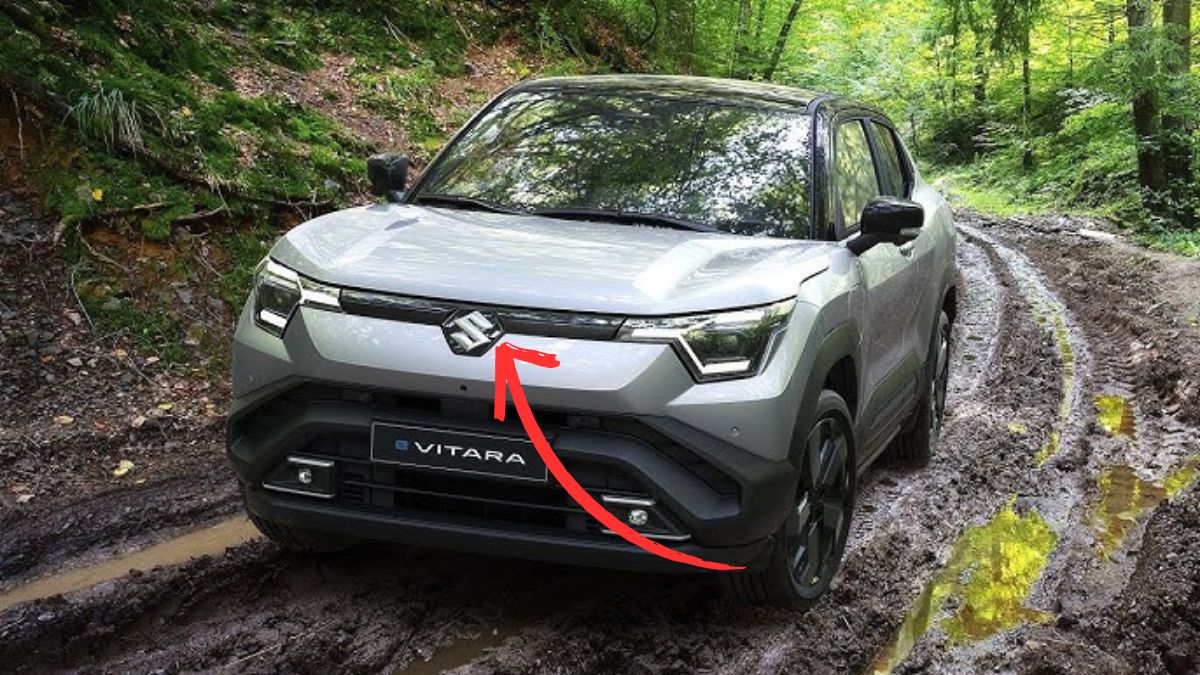The Tata Avinya isn’t just another electric vehicle (EV); it’s a bold statement from Tata Motors about the future of sustainable mobility in India. First introduced as a concept in April 2022, the Avinya is set to hit the roads in 2025. The name itself—”Avinya,” meaning “innovation” in Sanskrit—reflects its mission to redefine Indian EV manufacturing.
Unlike earlier Tata EVs that were adapted from internal combustion models, the Avinya is built on a dedicated Gen 3 electric platform. This fresh approach allows for better efficiency, space optimization, and cutting-edge technology integration. Let’s look into what makes the Tata Avinya a game-changer.
Table of Contents
Architecture
Tata’s “Pure EV GEN 3” platform is a ground-up design for electric vehicles, meaning it’s not limited by the constraints of traditional car platforms. This allows the Avinya to have a longer wheelbase (over 2900mm) while keeping its total length under 4.5 meters. The result? A spacious interior with excellent maneuverability—perfect for India’s urban roads.
One of its most futuristic design elements is its opposing coach-style doors, which eliminate the B-pillar. This enhances cabin space and accessibility, giving it a premium, futuristic appeal. The Avinya’s exterior features a continuous light bar at the front, giving it a unique identity on the road.
Inside, the focus is on minimalism and sustainability. Tata has chosen recycled plastics, responsibly sourced wood, and high-quality fabrics. The dashboard eliminates clutter with a panoramic display and voice controls, emphasizing simplicity and usability.
Performance
Tata has equipped the Avinya with a twin-motor, all-wheel-drive setup, delivering a powerful and efficient driving experience. Though official figures haven’t been released, estimates suggest a combined power output of over 400 horsepower.
The Avinya will use an advanced lithium-iron-phosphate (LFP) battery with proprietary enhancements. This choice prioritizes safety, longevity, and sustainability over sheer energy density. The expected battery capacity is above 100kWh, providing a range of over 600km on a single charge (WLTP cycle).
When it comes to charging, the Avinya supports 250kW DC fast charging, allowing it to add 300km of range in just 20 minutes. It also accommodates 22kW AC charging, making it convenient for home and public charging setups in India.
Technology
The Avinya’s tech isn’t limited to its powertrain. Tata is implementing a “distributed intelligence” computing system, meaning multiple processors handle different tasks, improving efficiency and reliability.
A standout feature is its AI-driven energy management system, which learns driving habits and optimizes battery usage accordingly. The car will also include advanced driver assistance systems (ADAS), featuring solid-state LiDAR sensors for improved safety and automation.
Instead of a traditional dashboard, the Avinya relies on a voice-first interface, augmented by a panoramic display. Gesture recognition and haptic feedback make interactions seamless, reducing distractions while driving.
Sustainability
Tata is taking sustainability seriously with the Avinya—not just in its materials but also in its manufacturing process. The production facility is expected to be carbon-neutral, using renewable energy sources.
The vehicle’s structure incorporates large, single-piece castings, reducing material waste while improving structural integrity. Additionally, Tata has designed a circular economy model for the Avinya, ensuring that batteries have second-life applications and materials are easily recyclable.
Market Positioning
Tata plans to price the Avinya under ₹50 lakh (around $60,000), placing it in a competitive position between mainstream and premium EVs. Initially, it will be available in major Indian cities with established charging networks before expanding into smaller cities and international markets.
Its biggest advantage? Unlike many competitors who modify existing combustion-engine models, Tata has designed the Avinya specifically for electric mobility. This gives it an edge in terms of efficiency, range, and interior space.
The Big Picture
The Tata Avinya isn’t just a new EV—it’s a statement about where Indian automotive manufacturing is headed. By focusing on sustainability, innovative design, and cutting-edge technology, Tata Motors is positioning itself as a serious player in the global EV industry.
For Indian consumers, the Avinya offers a futuristic and eco-conscious alternative to traditional luxury vehicles. If it delivers on its promises, it could be the breakthrough that reshapes India’s EV landscape and sets new global benchmarks for electric mobility.
FAQs
What is the launch date of Tata Avinya?
Tata Avinya is expected to launch in 2025 as a premium electric vehicle.
What is the expected range of Tata Avinya?
The Avinya is estimated to have a range of over 600 km per charge.
What battery technology does Tata Avinya use?
It uses an advanced lithium-iron-phosphate (LFP) battery pack.
How much will Tata Avinya cost?
The expected price is under ₹50 lakh (around $60,000).
Does Tata Avinya support fast charging?
Yes, it supports 250kW DC fast charging, adding 300km range in 20 minutes.
